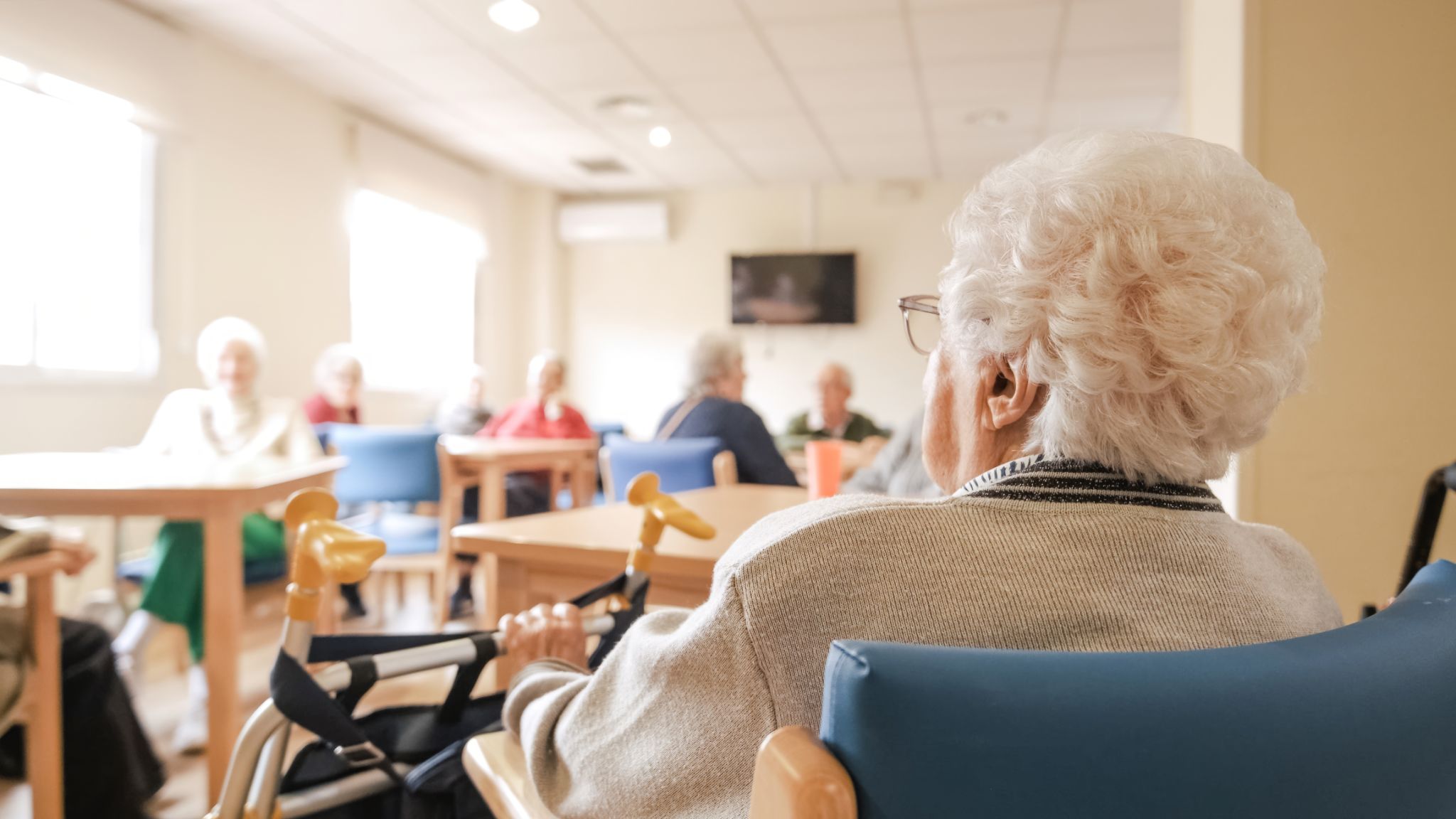Success Stories: How In-Home Care Transformed Lives
Introduction to In-Home Care
As populations age and healthcare needs become more personalized, in-home care has emerged as a transformative solution for many families. Offering a blend of medical and personal support, in-home care allows individuals to receive necessary assistance while remaining in the comfort of their own homes. This approach not only supports personal independence but also enhances the quality of life for both the care recipients and their families.

The Impact on Families
Families often face tough decisions when it comes to the care of their loved ones. In-home care provides a viable alternative to traditional nursing homes or assisted living facilities. By choosing in-home care, families can ensure that their loved ones receive personalized attention and support tailored to their specific needs. This reduces stress and worry, knowing that the individual is in a familiar environment where they can thrive.
Moreover, in-home care allows families to remain involved in the caregiving process, fostering stronger bonds and ensuring that the care provided aligns with the family's values and expectations. The flexibility of in-home care schedules also means that family members can be present during important moments without having to compromise their own responsibilities.
Empowering Independence
One of the most significant benefits of in-home care is its ability to empower individuals to maintain a level of independence that would not be possible in institutional settings. Care plans are tailored to the individual's abilities, promoting self-sufficiency wherever possible. This empowerment leads to enhanced confidence and dignity, as individuals can continue to partake in daily routines and activities that bring joy and fulfillment.

In addition to supporting independence, in-home care can also involve therapies and exercises designed to improve mobility and health outcomes. These personalized interventions can significantly delay or prevent the deterioration often seen in more restrictive environments.
Success Stories: Real-Life Transformations
Countless success stories illustrate how in-home care has transformed lives. For instance, Mary, an 82-year-old living with arthritis, was able to remain active thanks to her personalized in-home exercise program. Her caregiver worked with her daily, focusing on gentle stretching and strength-building exercises that reduced her pain and improved her mobility.
Another success story is that of John, a retired veteran with early-stage dementia. With the help of his dedicated in-home caregiver, John established a structured routine that included memory exercises and social engagement activities. This routine helped slow the progression of his symptoms and provided him with a sense of purpose.

The Role of Technology
Technology plays a crucial role in enhancing the effectiveness of in-home care. Innovations such as telehealth consultations, remote monitoring devices, and mobile health applications have made it easier for caregivers to track health metrics and communicate with healthcare professionals. These tools ensure that any changes in the individual's condition are promptly addressed, allowing for timely interventions.
Technology also facilitates better communication between family members and caregivers, keeping everyone informed and involved in the care process. This connectivity helps maintain peace of mind for families who may live far away from their loved ones.
Conclusion: A Brighter Future with In-Home Care
In-home care stands as a testament to how healthcare can be both compassionate and effective, offering individuals the opportunity to live their lives to the fullest. As more families turn to this model of care, we can expect to see even more success stories that highlight the profound impact it can have on individuals' lives.
The future of healthcare is undoubtedly moving towards more personalized and patient-centered approaches, and in-home care is at the forefront of this movement. By embracing this model, we are not only transforming lives but also reshaping how we think about aging and caregiving.
